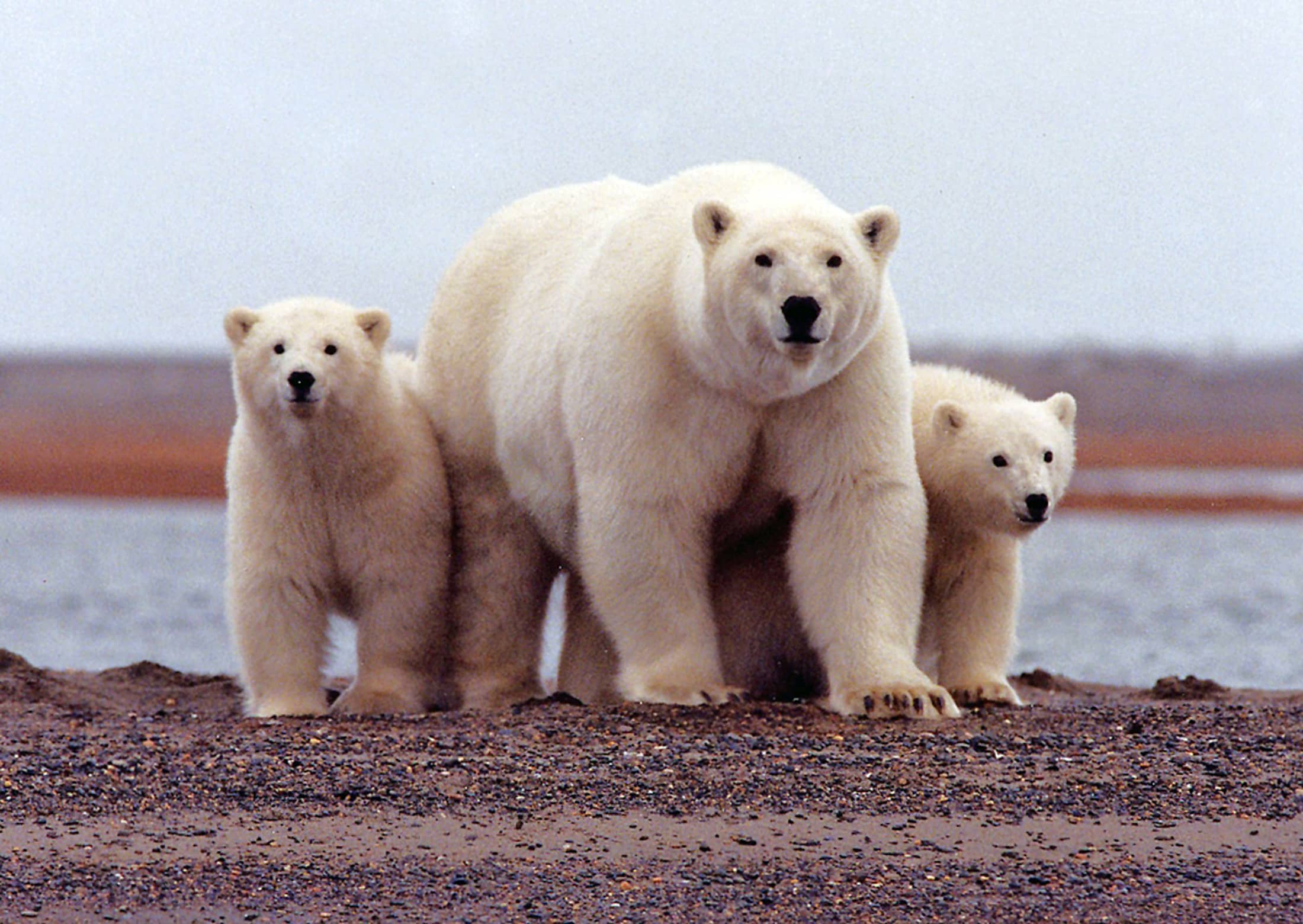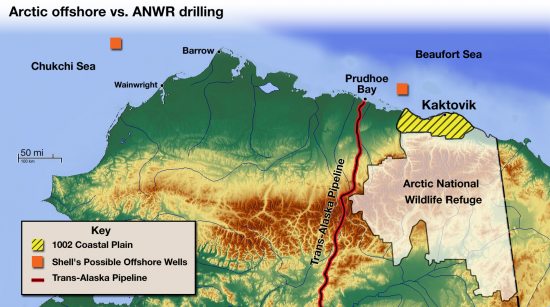The Arctic National Wildlife Refuge (ANWR) is a vast wilderness area located in northeastern Alaska that is home to a diverse array of wildlife, including polar bears, caribou, muskoxen, and migratory birds. The ANWR is also believed to contain significant oil reserves, and the prospect of drilling for oil in this area has been the subject of intense debate for decades.
Proponents of oil drilling in the ANWR argue that it could provide a significant boost to the economy and increase energy independence for the United States. The oil industry has long claimed that drilling in the ANWR could provide billions of barrels of oil, which would help to reduce our reliance on foreign sources of energy and potentially lower energy costs for consumers.
Drilling for oil in the ANWR could also provide jobs and economic development for the region. The oil industry is a major employer, and drilling in the ANWR could create thousands of jobs in the area, including positions for engineers, geologists, and other technical professionals. In addition, the oil industry is a significant contributor to state and federal tax revenues, and drilling in the ANWR could generate significant tax revenues for the state of Alaska and the federal government.
However, there are also significant environmental concerns associated with drilling for oil in the ANWR. The region is home to a wide range of wildlife, and drilling operations could potentially harm or disrupt these animals. In addition, the ANWR is a sensitive ecosystem, and the potential for oil spills or other environmental disasters could have long-lasting effects on the region.
There are also concerns about the impact of oil drilling on the indigenous communities that live in the region. Many native Alaskans rely on the land and wildlife in the ANWR for their livelihoods and cultural traditions, and drilling operations could potentially harm these communities.
Overall, the debate over oil drilling in the Arctic National Wildlife Refuge is complex and multifaceted. While there are certainly potential economic and energy security benefits to drilling for oil in the ANWR, there are also significant environmental and social concerns that must be considered. Ultimately, any decision about drilling in the ANWR will need to weigh the costs and benefits carefully and ensure that the rights and interests of all stakeholders are taken into account.
Oil Drilling: Arctic National Wildlife Refuge

The ANWR is also home to an impressive collection of wildlife; with 42 fish species, 37 land mammals, 8 marine mammals, and over 200 resident and migratory bird species, the Refuge is one of the most diverse areas in the arctic, with several notable species including polar bears, musk oxen, and caribou U. Water temperatures melt the glaciers as well, which increases the average sea levels around the world. Fish and Wildlife Service, 2014, para. This area is essential for raising newborn caribou calves, but is targeted for drilling. These are not great for foraging due to lack of high quality habitat Griffith et al.
5 Reasons to drill in Arctic National Wildlife Refuge instead of draining petroleum reserve

Although relatively barren, the North Slope ecosystem supports all kinds of wildlife, especially during the short summers. This rarely occurs but if oil drilling was to occur in this area than there would be similar results every year due to displacement. Also, boring through the earth can lead to the emission of nitrogen oxides, methane, and other airborne particulate matter that can cause acid rain or smog. Musk oxen are year round inhabitants of the 1002 area and therefore would be in the 1002 area during the winter when most of the oil exploration and construction would take place. Aside from the drilling itself, other oil-related processes such as seismic blasts drive mother bears away from their cubs Defenders of Wildlife, 2010, para. Advocates for the oil drilling claim that these activities are important since they can be used in the future and that its benefits can be enjoyed by the future generations. Powerful, beautiful photos give us insight to a specific time and place, and they can be used to drive narratives.
Oil and the Arctic National Wildlife Refuge

ANWR: The Great Divide. Photo: USFWS When companies are exploring for oil, they drive huge tundra tractors that can rip up vegetation and destroy She also worries about the construction trucks, the power lines, and the increased road traffic that would come along with oil development. This vast refuge of coastal lands, boreal forests and alpine tundra supports an exceptional array of wildlife from musk oxen and Arctic fox to all three types of North American bear species and hundreds of bird species. When I was in my early 20s, while based out of Fairbanks, I hunted for caribou near the western edge of ANWR. President Biden suspended drilling leases in the Arctic National Wildlife Refuge ANWR earlier this month.
Pros and Cons of Drilling in ANWR

If we could find local sources of oil, like those that are found in the Refuge, then the billions of dollars that are spent to import oil every year could be spent at home instead. This makes it the fifth largest herd of migratory caribou in North America U. This would cause calving to occur elsewhere and would increase the density of caribou drastically in the unaffected areas which might bring harm to the mother and calf. Each lease sale is to include a minimum of 400,000 acres. Fish and Wildlife Service, 2000. These tribes rely on local caribou and other wildlife for their sustenance. Although the climate is often challenging, especially near the northern portion above the Arctic Circle, changing the environment to accommodate drilling could disrupt their living patterns.




/cdn.vox-cdn.com/uploads/chorus_asset/file/9406245/GettyImages_1858914.jpg)



